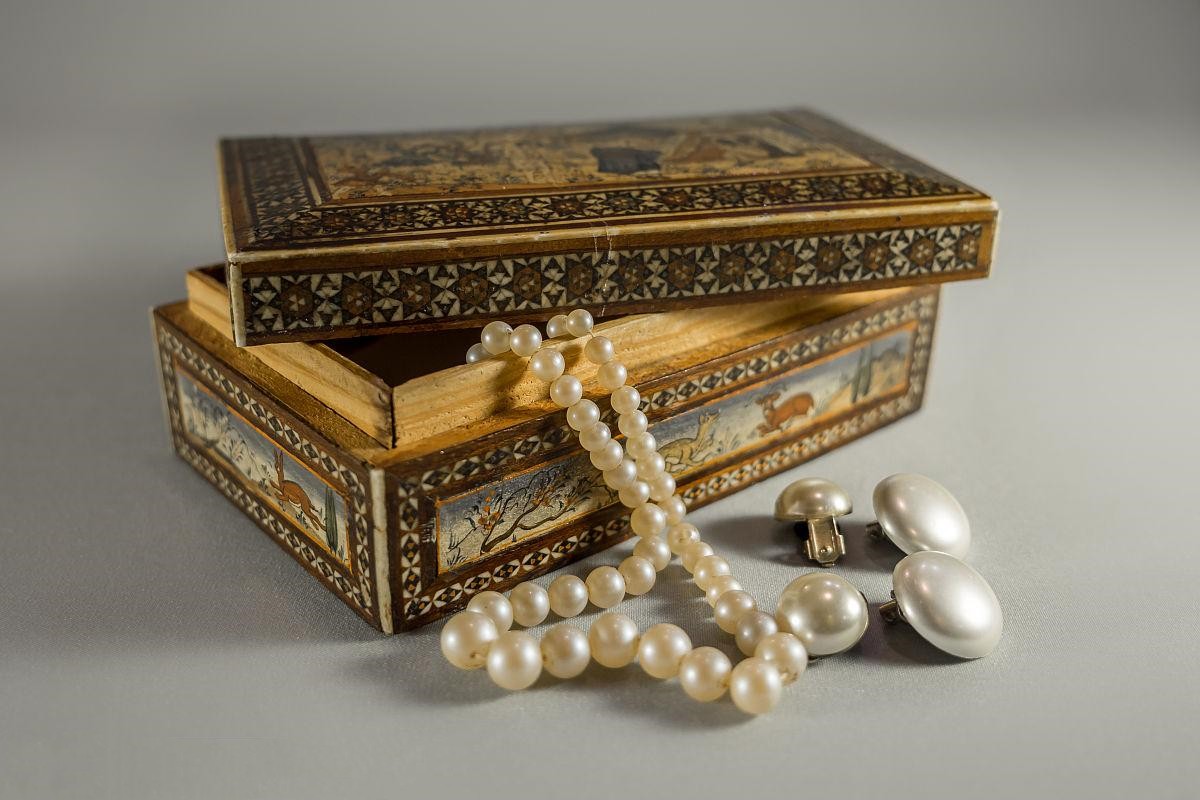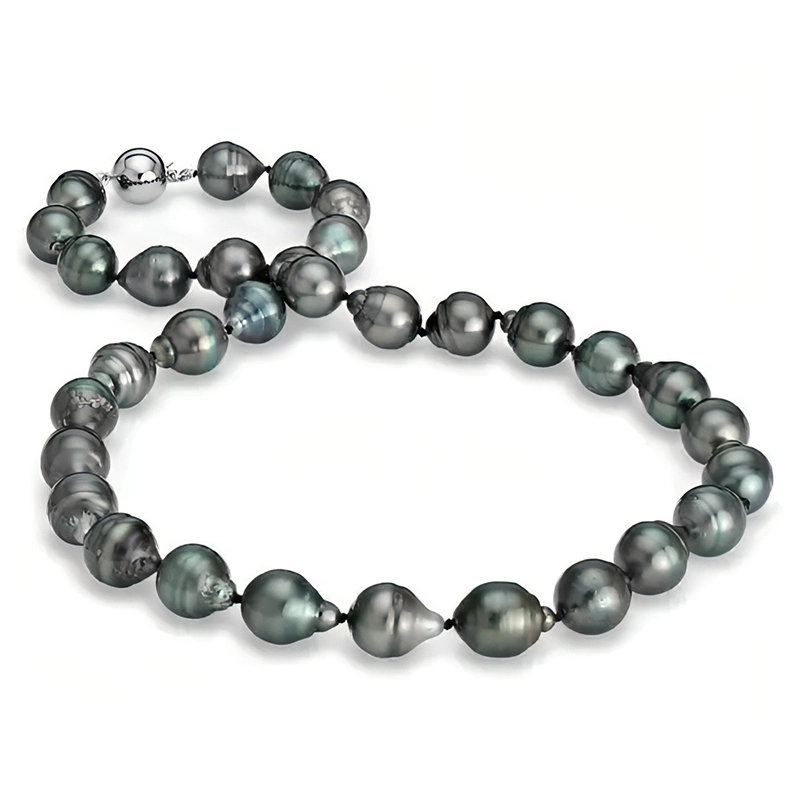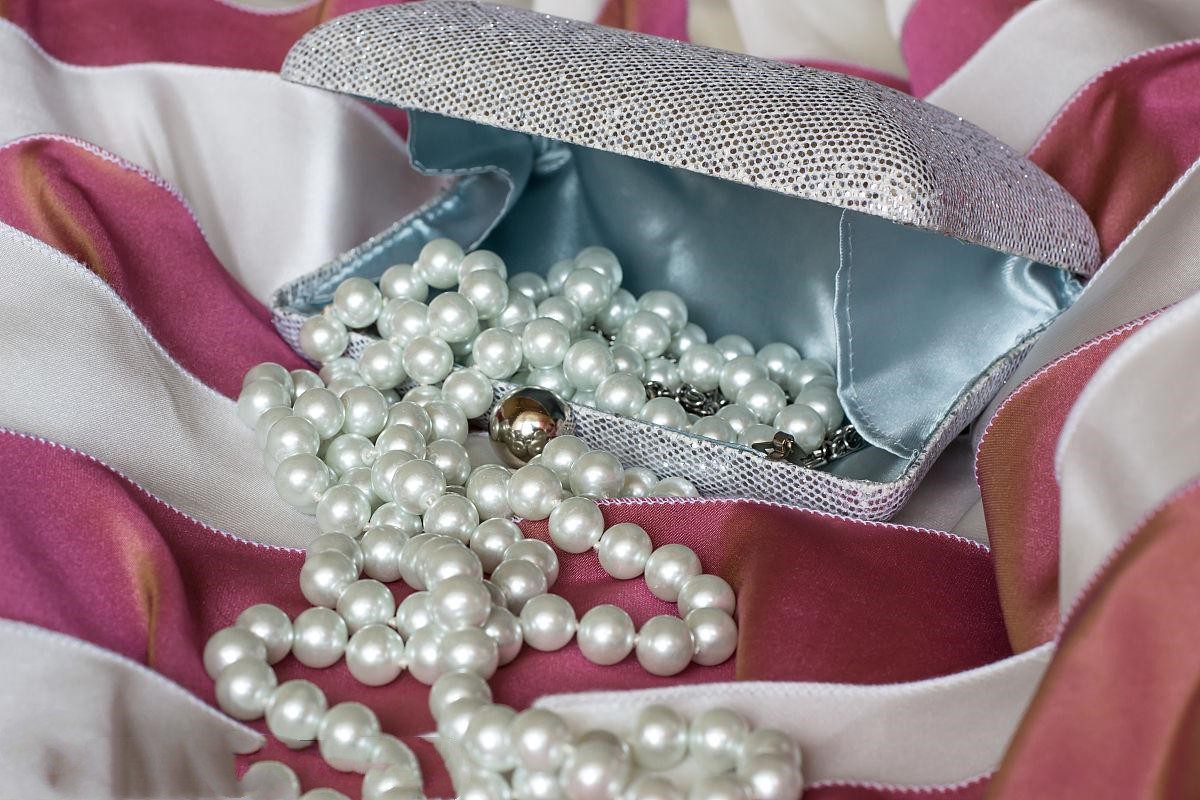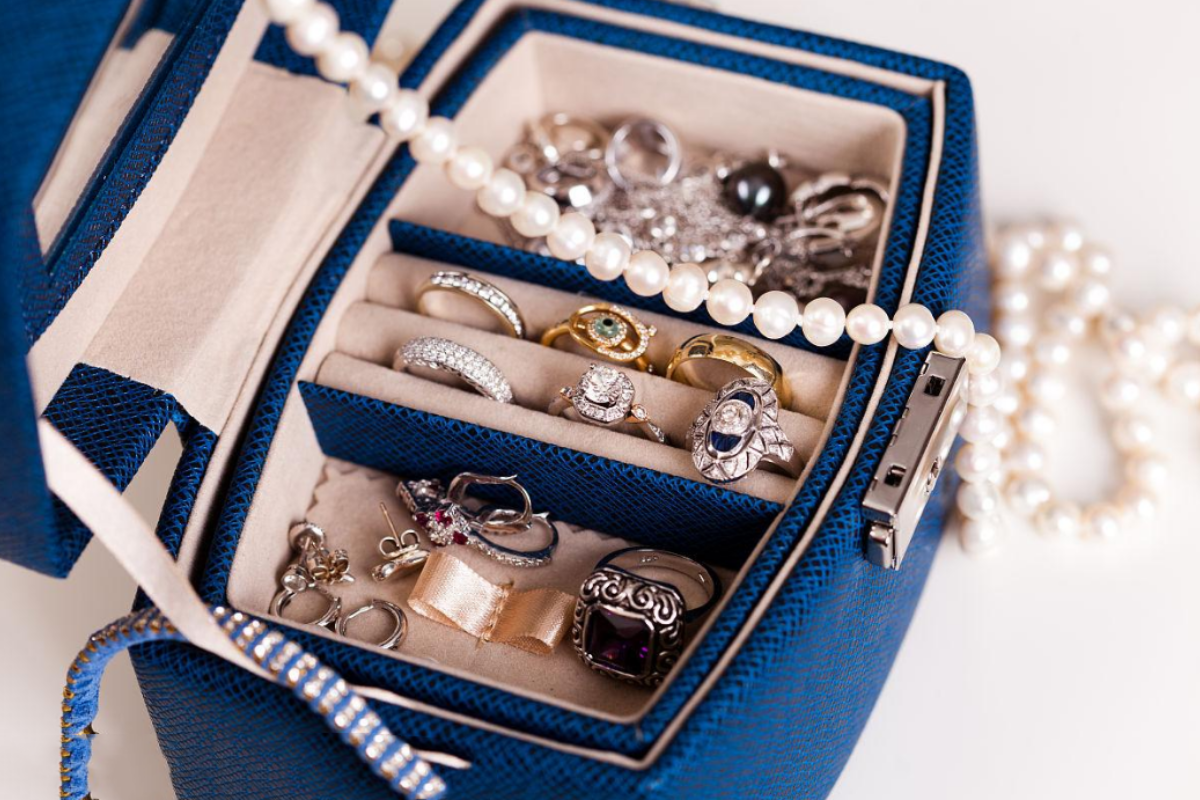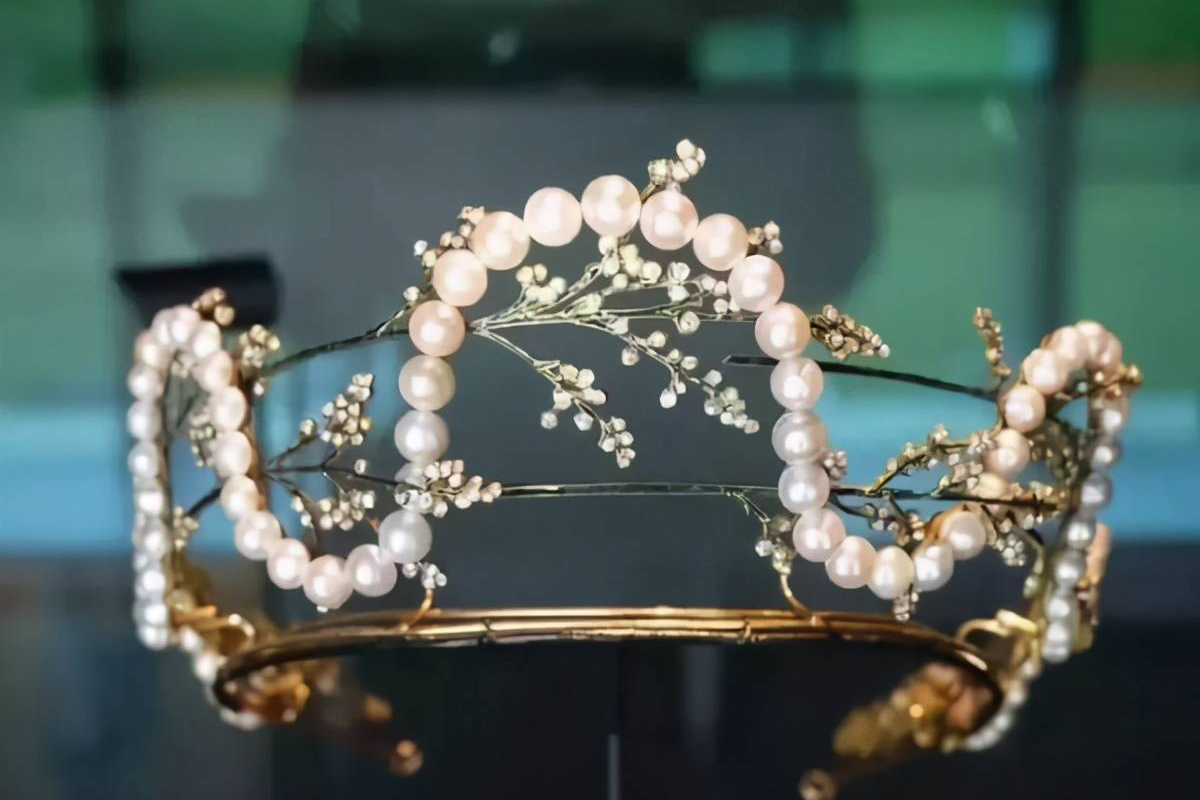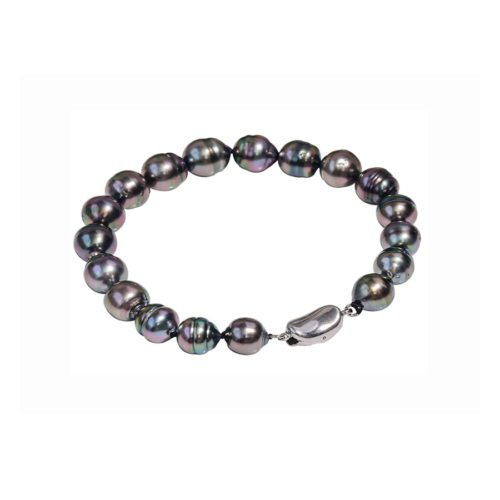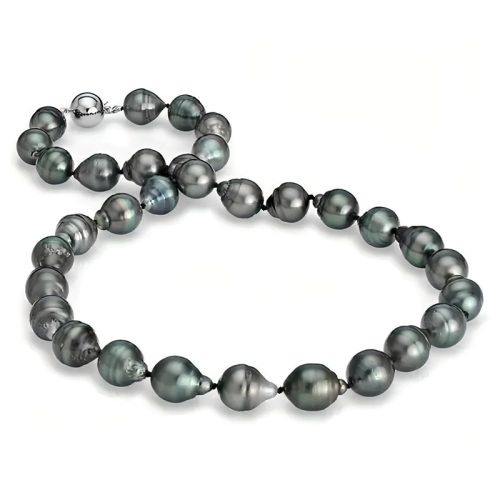Pearls. These tiny, lustrous orbs have been a symbol of wealth and sophistication for centuries. They’ve adorned the necks of royalty, graced the pages of fashion magazines, and become a beloved gems in the jewelry world. But did you know that not all pearls are created equal? There are significant differences between sea pearls and freshwater pearls. As a jewelry enthusiast, understanding these differences can help you make more informed choices when adding to your collection.
The Basics of Sea Pearls
Sea pearls, also known as saltwater pearls, are formed in oysters that live in the ocean. These pearls are typically more round and have a high luster, making them highly sought after in the jewelry industry. Sea pearls can vary in size but are generally larger than freshwater pearls. They are also more expensive due to their rarity and the complexity of their cultivation process.
The world of saltwater pearls is diverse, with three main types that are highly prized: Akoya, Tahitian, and South Sea pearls. Each type has unique characteristics, contributing to its allure and value. Whether it’s the classic Akoya, the exotic Tahitian, or the luxurious South Sea pearls, each type has a distinct charm that appeals to different tastes and preferences.
The Basics of Freshwater Pearls
On the other hand, freshwater pearls are cultivated in freshwater mussels in lakes, rivers, and ponds. They come in various shapes and sizes, from perfectly round to irregular baroque shapes. While their luster is generally lower than that of sea pearls, freshwater pearls make up for it with their range of colors. They come in hues of white, peach, pink, and lavender, offering more variety to pearl lovers.
Freshwater pearls are also more affordable than sea pearls. This is primarily due to their higher yield per mussel and a less complex cultivation process. But don’t let their accessibility fool you. Freshwater pearls are equally captivating, with their natural shapes and colors making them a popular choice for many jewelry lovers.
Akoya Pearls: The Jewel of the Sea Pearls
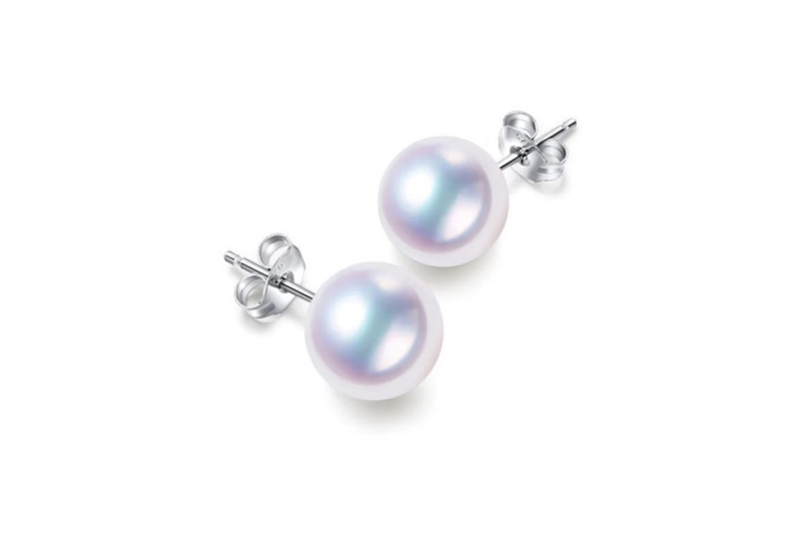
When one thinks of classic, timeless pearls, the image that often comes to mind is that of the Akoya pearl. Hailing from Japan, Akoya pearls are known for their perfect round shape, brilliant luster, and white or cream color. They are the epitome of elegance and sophistication, making them a popular choice for traditional pearl jewelry such as necklaces and earrings.
Akoya pearls are also smaller than other sea pearls, typically ranging from 2mm to 10mm in diameter. Their size, coupled with their high luster and round shape, makes them ideal for jewelry pieces that require a delicate and refined touch.
What is the difference between Akoya and freshwater pearls?
The three main differences are in the breeding process, the core and the shape. Freshwater pearls are seeded with tissue, while Akoya pearls are stimulated to grow with a bead.
How much does an Akoya pearl cost?
Individual white South Sea pearls of good quality with a diameter of more than 20mm often cost more than 10,000 euros per pearl. Akoya pearls: They only grow to a maximum size of 10-11mm and are then already very expensive if they are of good quality. As described above, a good 10mm strand can easily cost 5,000 euros or more.
Tahitian Pearls: The Uniqueness of Sea Pearls
Tahitian pearls are unique, and it’s not just because they come from the warm waters of French Polynesia. These pearls are known for their exotic dark colors, ranging from metallic silver to deep black. They are the only naturally dark pearls in the world, making them a unique addition to any jewelry collection.
Tahitian pearls are also larger in size, typically ranging from 8mm to 18mm. Their size, combined with their unique colors, gives them a bold and dramatic appeal. If you’re looking to make a statement with your jewelry, Tahitian pearls are the way to go.
South Sea Pearls: The Luxury of Sea Pearls
South Sea pearls are the epitome of luxury when it comes to pearl jewelry. They are the largest of all pearl types, with sizes ranging from 9mm to 20mm. These pearls are cultivated in the warm waters of Australia, Indonesia, and the Philippines, and their size isn’t the only thing that sets them apart. South Sea pearls are also known for their incredible luster and thick nacre, or pearl layer, which contributes to their high value.

The colors of South Sea pearls range from white to gold, with the golden variety being the most coveted. Their large size, rich colors, and high luster make them a luxurious addition to any jewelry collection.
What is the Difference Between saltwater Pearls and Freshwater Pearls?
So, what is the difference between saltwater pearls and freshwater pearls? The main differences lie in their formation process, shape, size, luster, color, and price. saltwater pearls are formed in oysters in the ocean and are typically rounder, larger, have a higher luster and are more expensive. Freshwater pearls, on the other hand, are formed in mussels in freshwater bodies, come in a variety of shapes and sizes, and have a wider color range.
The most desirable pearls are spherical. However, there are numerous other shapes such as baroque pearls and teardrop. South Sea pearls grow in a shell called Pinctada maxima and can reach sizes of up to 20 millimeters in diameter. The growth phase of South Sea pearls usually lasts two to six years.
Factors That Influence the Value of Pearls
The value of pearls is influenced by several factors, including their type, size, shape, luster, color, and nacre quality. saltwater pearls, especially South Sea and Tahitian pearls, are generally more valuable due to their size and luster. Freshwater pearls, while more affordable, can also command high prices if they have desirable qualities such as a round shape, high luster, and rare colors.
How to Choose Between Sea Pearls and Freshwater Pearls?
Choosing between sea pearls and freshwater pearls largely depends on your personal preference and budget. If you’re looking for a classic, sophisticated piece with high luster, then sea pearls, particularly Akoya pearls, might be the choice for you. If you’re after unique colors and shapes, or if you’re on a budget, then freshwater pearls would be a good option.
Regardless of your choice, it’s essential to buy from reputable sources to ensure that you’re getting high-quality pearls. Also, take into consideration the type of jewelry you want, as certain pearls might be better suited for specific pieces.
The Value and Price Comparison Between saltwater Pearls and Freshwater Pearls
Generally, saltwater pearls are more expensive than freshwater pearls. This is due to their rarity, the complexity of their cultivation process, and their high luster. For example, a strand of high-quality Akoya pearls can cost a few hundred dollars, while a similar strand of freshwater pearls might cost less than a hundred. Tahitian and South Sea pearls, with their large size and unique qualities, can command prices in the thousands.
However, it’s important to note that there are also high-quality freshwater pearls that can rival the price of saltwater pearls. It all comes down to the quality of the pearl, so it’s crucial to understand what to look for when buying pearls.
Understanding the differences between sea pearls and freshwater pearls can greatly enhance your jewelry-buying experience. It allows you to make more informed choices and appreciate the unique qualities that each type of pearl brings. So whether you’re drawn to the classic elegance of Akoya pearls, the exotic allure of Tahitian pearls, the luxurious appeal of South Sea pearls, or the natural charm of freshwater pearls, there’s a pearl out there that’s perfect for you.
10.0-12.0mm Tahitian Baroque Pearl Necklace
Original price was: $2,599.00.$2,299.00Current price is: $2,299.00.
12% Off
10.0-11.0mm Tahitian Baroque Pearl Necklace
Original price was: $2,199.00.$1,899.00Current price is: $1,899.00.
14% Off
9.0-11.0mm Tahitian Baroque Pearl Necklace
Original price was: $1,599.00.$1,299.00Current price is: $1,299.00.
19% Off
8.0-10.0mm Tahitian Baroque Pearl Necklace
Original price was: $1,099.00.$899.00Current price is: $899.00.
18% Off

